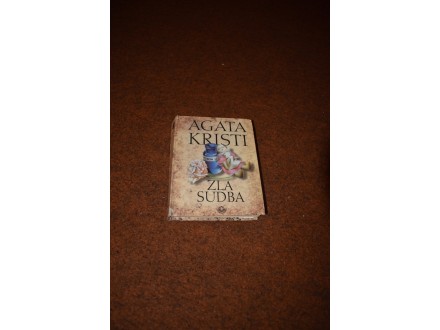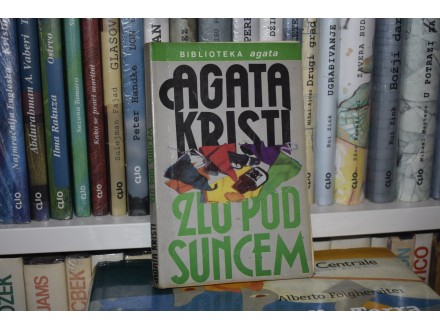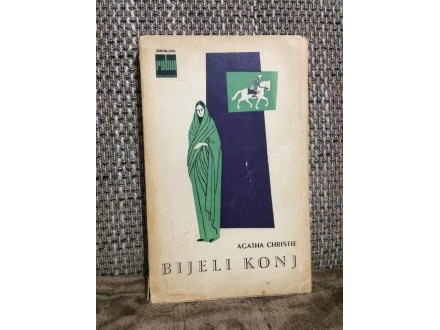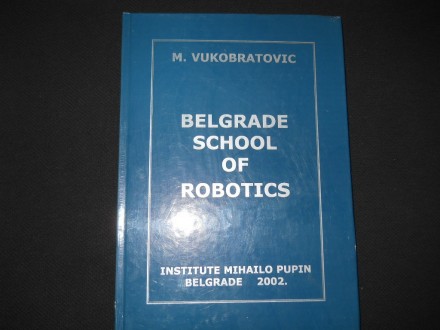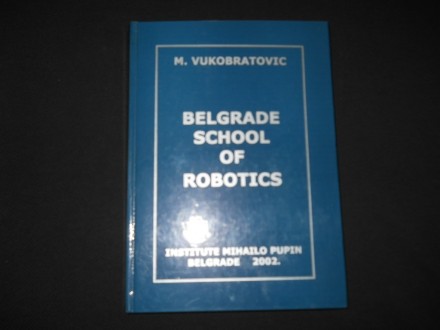Ponuda "Twenty Cases Suggestive of Reincarnation" je arhivirana
- Zla sudba - Agata Kristi
1.290 din.
- Mrtvaceva ludost - Agata Kristi
650 din.
✦ Poaro istražuje - Agata Kristi ✦
1.300 din.
✦ Problem u Polensi - Agata Kristi ✦
1.000 din.
✦ Zlo pod suncem - Agata Kristi ✦
400 din.
Agata Kristi BIJELI KONJ (RETKO)
1.190 din.
ADVANCED Dungeons and Dragons / RAVENLOFT
19.990 din.
Royal Historical Society Transactions 1991-2010
11.700 din.
The Living U.S. Constitution
400 din.
Flashdance - Soundtrack
850 din.
HEAVY METAL ISLAM: Mark LeVine
990 din.
- Zla sudba - Agata Kristi
1.290 din.
- Mrtvaceva ludost - Agata Kristi
650 din.
✦ Poaro istražuje - Agata Kristi ✦
1.300 din.
✦ Problem u Polensi - Agata Kristi ✦
1.000 din.
✦ Zlo pod suncem - Agata Kristi ✦
400 din.
Agata Kristi BIJELI KONJ (RETKO)
1.190 din.
ADVANCED Dungeons and Dragons / RAVENLOFT
19.990 din.
Royal Historical Society Transactions 1991-2010
11.700 din.
The Living U.S. Constitution
400 din.
Flashdance - Soundtrack
850 din.
HEAVY METAL ISLAM: Mark LeVine
990 din.
Hooking up - Tom Wolfe
1.444 din.

